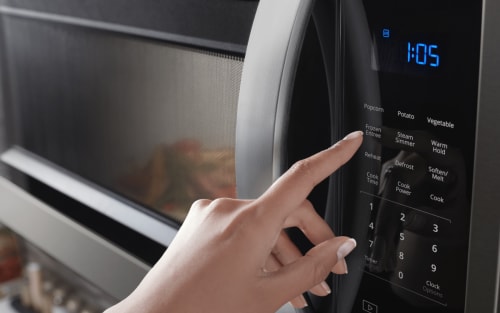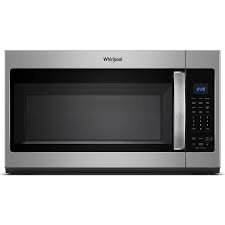When it comes to kitchen appliances, microwaves are indispensable for speeding up cooking times and making meal preparation more convenient. Whirlpool, a leading brand in the home appliance market, offers a range of microwave ovens that are popular for their reliability, efficiency, and advanced features. If you’re considering purchasing a Whirlpool microwave or already own one, understanding its power consumption is key to becoming more energy-savvy and potentially saving on your electricity bills. In this comprehensive guide, we’ll explore the wattage of various Whirlpool microwave models and discuss how this affects their performance and your energy usage.
Before delving into specific models, it’s crucial to grasp what microwave wattage means and why it matters. The wattage of a microwave oven indicates the power output of its magnetron – the component that generates the microwaves used to cook and heat food. This figure is a good indicator of how quickly and efficiently a microwave can cook your meals.
Higher wattage means more power, leading to faster cooking times but also increased energy consumption. Conversely, lower wattage microwaves consume less power and are cheaper to operate, though they may cook food more slowly and less evenly.

Whirlpool microwaves come in various models, each with different features and power outputs. Here’s a breakdown of the typical wattage range you can expect:
These models are perfect for those who have space on their kitchen counter. Whirlpool countertop microwaves generally range from 700 to 1200 watts. For example, the Whirlpool WMC30516AS is a popular model that operates at 1200 watts, providing substantial power for quicker cooking times.
Whirlpool’s over-the-range (OTR) microwaves are designed to be installed above your stovetop and often include integrated range hoods. These models typically have higher wattages ranging from 1000 to 1100 watts, like the Whirlpool WMH53521H, which uses 1100 watts. This model not only helps save counter space but also provides powerful cooking capabilities.
Whirlpool built-in microwaves blend seamlessly into your cabinetry, offering a sleek look while saving counter space. These units, such as the Whirlpool WOC54EC0AS, typically use about 900 to 1000 watts. Despite their lower wattage compared to some countertop models, they still offer efficient cooking performance.
While knowing the wattage of your Whirlpool microwave is useful, several factors can affect how much energy the appliance actually uses:
More frequent use and longer cooking times will naturally increase energy consumption. Using your microwave to defrost ingredients or reheat small portions generally consumes less energy compared to cooking full meals.
Modern microwaves, including many from Whirlpool, come with a variety of settings and features that impact power usage. For example, using the defrost setting generally requires less power than using full power to cook meats or vegetables.
Older microwaves or those that haven’t been maintained properly might be less efficient and use more power. Regular maintenance and timely repairs can ensure your microwave operates as efficiently as possible.
If you are energy-conscious, here are some tips to help you minimize the power usage of your Whirlpool microwave without sacrificing performance:
By understanding the specifics of your Whirlpoolmicrowave’s wattage and employing some smart usage habits, you can enjoy the conveniences it offers while managing your energy consumption effectively. Whether you’re reheating leftovers, defrosting ingredients, or cooking a meal, being mindful of how your microwave operates can lead to beneficial savings and a reduced environmental impact.
In conclusion, for readers of TheKitchenApplianceDad.com, learning about the wattage and energy usage of your Whirlpool microwave not only helps in making better usage decisions but also contributes to a more energy-efficient kitchen. This knowledge is particularly valuable as we all strive to balance convenience with sustainability in our daily lives.

